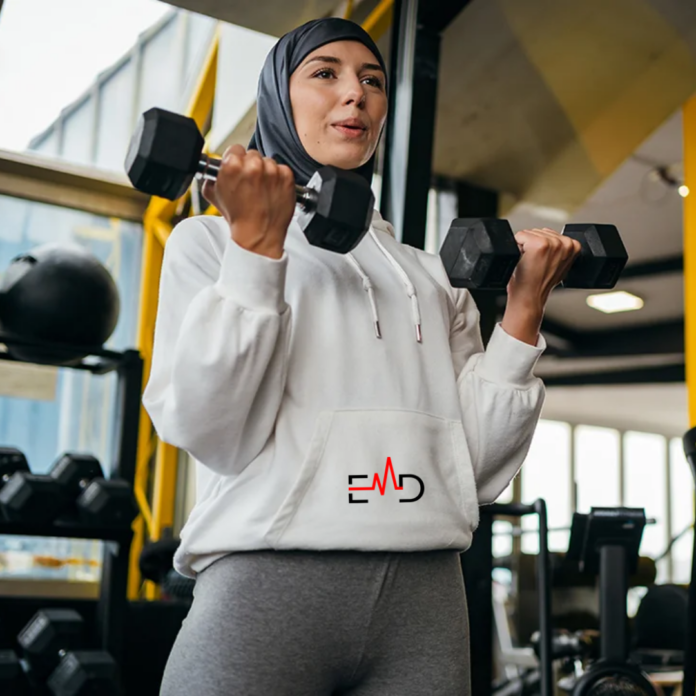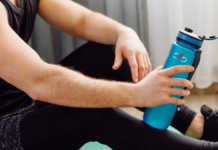Table of Contents
Exercise Daily – Fitness has long been associated with certain body types, perpetuating stereotypes that hinder many from embracing a healthier lifestyle. It’s time to redefine the narrative and make fitness accessible to every shape and story. In this article, we’ll explore the importance of inclusivity in fitness and how individuals of all shapes and backgrounds can sweat without shame.
In a world where fitness often comes with preconceived notions and stereotypes, it’s time to redefine our approach. Fitness is not reserved for a specific body type; it’s a journey for every shape and story. This blog aims to break down these stereotypes and encourage individuals to embrace fitness without shame.
Redefining Fitness Standards
1. The Unrealistic Body Ideals
Traditional fitness standards often showcase unrealistic body ideals, creating an exclusionary environment. Recognizing that beauty and health come in diverse forms is crucial, challenging these narrow definitions and promoting inclusivity in the fitness realm.
2. Embracing Diverse Definitions of Fitness
Fitness should not be confined to a narrow definition. It’s about overall well-being, encompassing physical, mental, and emotional health. By broadening our understanding of fitness, we open the doors for everyone to participate and thrive in their unique journey.
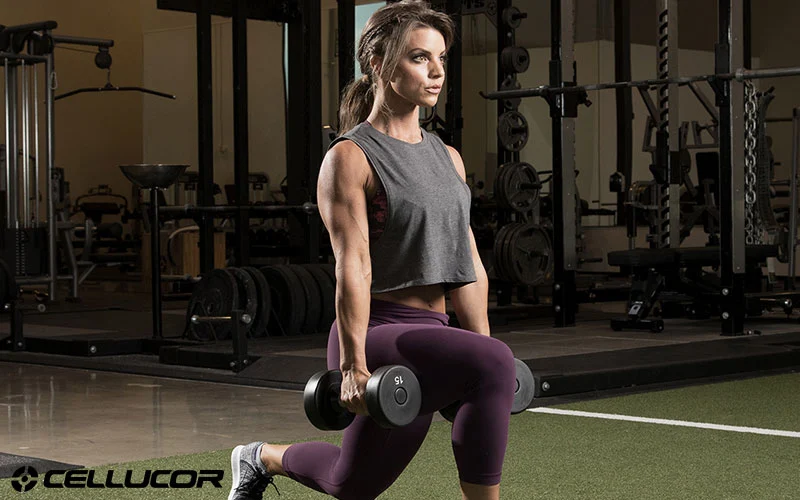
Tailoring Workouts for Different Bodies
1. Customizing Workouts for Body Types
Everybody is different, and embracing these differences is the key to a successful fitness journey. Customizing workouts based on body types ensures that individuals can enjoy exercise tailored to their strengths, making the process enjoyable and sustainable.
2. The Power of Adaptive Fitness Programs
Adaptive fitness programs cater to individual needs and abilities, ensuring that everyone can actively participate regardless of physical limitations. These programs empower individuals to reach their fitness goals in a supportive and customized environment.
3. Breaking Down Barriers: Fitness for Persons with Disabilities
Fitness knows no bounds, and this includes individuals with disabilities. By creating accessible fitness programs and facilities, we break down barriers and foster an environment where everyone can engage in physical activities that contribute to their overall well-being.

Nurturing Mental Well-being
1. The Link Between Mental Health and Physical Activity
Physical activity goes hand in hand with mental well-being. Regular exercise releases endorphins reduces stress, and promotes a positive mindset. Recognizing the profound connection between mental health and physical activity is crucial for a holistic approach to fitness.
2. Creating a Positive Mindset in Your Fitness Journey
The fitness journey is not just about the body; it’s about cultivating a positive mindset. Fostering self-love, setting realistic goals, and celebrating progress, no matter how small, are vital components of a fulfilling and sustainable fitness journey.
3. Overcoming Mental Blocks: Stories of Triumph
Real stories of individuals overcoming mental blocks in their fitness journey inspire and motivate others. These stories showcase that everyone faces challenges, but with determination and resilience, mental blocks can be conquered, and a positive relationship with fitness can be established.
Inclusivity in the Fitness Industry
1. Diverse Fitness Influencers Making Waves
The fitness industry is witnessing a positive shift, with diverse influencers breaking stereotypes and celebrating their unique journeys. These influencers inspire a broader audience, proving that fitness is for everyone, regardless of background, shape, or size.
2. How Brands Can Champion Inclusivity
Brands play a pivotal role in promoting inclusivity. By featuring a diverse range of individuals in their campaigns and offering products catering to various needs, they contribute to a more inclusive fitness landscape.
3. The Impact of Representation on Motivation
Representation matters. Seeing people who look like us in the fitness space motivates individuals to embark on their journeys. It fosters a sense of belonging and proves that fitness is attainable for everyone, regardless of societal norms.
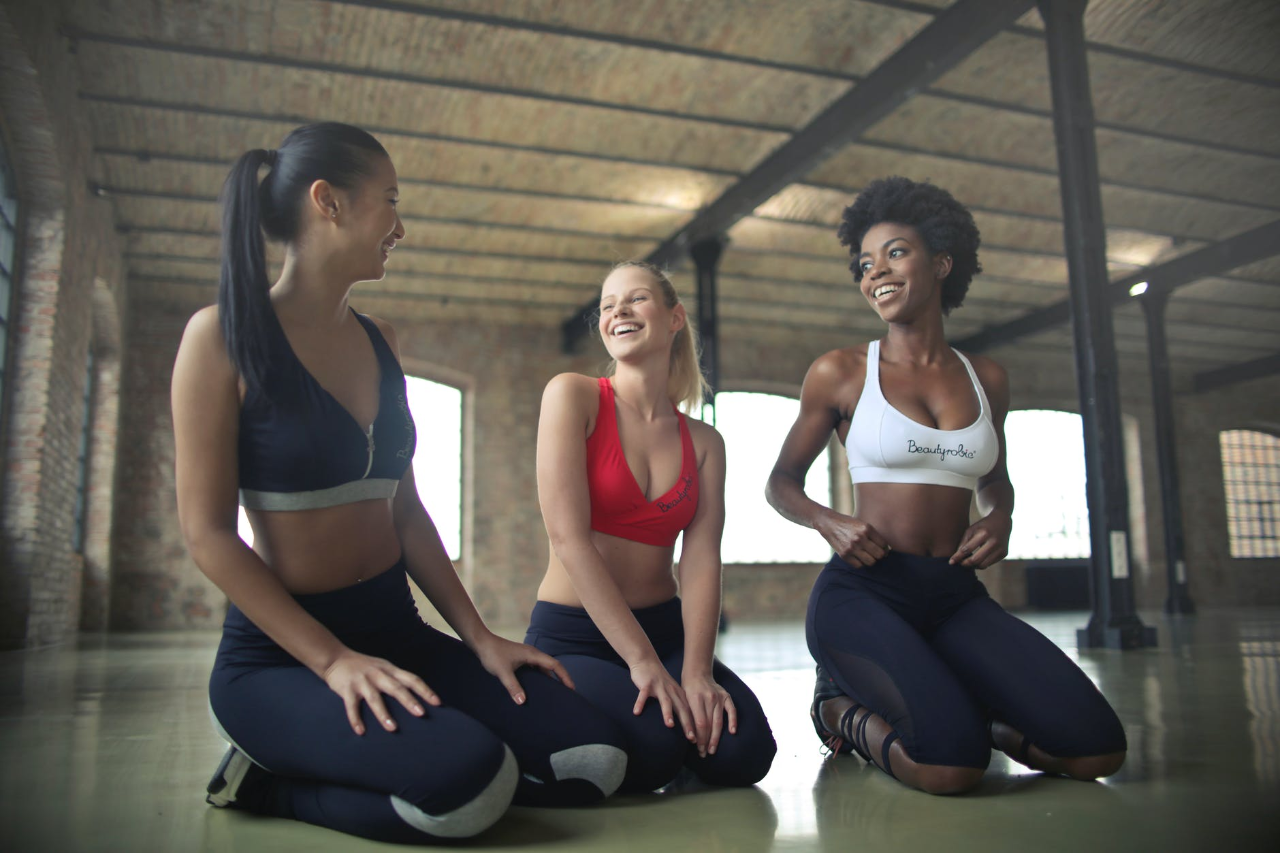
Building Supportive Fitness Spaces
1. The Role of Community in Fitness
Building a supportive community is instrumental in fostering a positive fitness experience. Whether online or offline, communities provide encouragement, motivation, and a sense of belonging, making the fitness journey more enjoyable and sustainable.
2. Finding Your Tribe: Inclusive Fitness Groups
Inclusive fitness groups create spaces where individuals with shared experiences can come together. These groups offer a sense of camaraderie, making the fitness journey less solitary and more enjoyable.
3. The Online Fitness Community: Breaking Isolation
The digital era has brought about a revolution in fitness communities. Online platforms connect individuals worldwide, breaking down geographical barriers and creating a global support system for those on their fitness journeys.
Making Fitness Accessible Everywhere
1. Home Workouts for EveryBody
Gone are the days when a gym membership was a prerequisite for fitness. Home workouts offer convenience and accessibility, allowing individuals to exercise on their own terms, regardless of location or schedule.
2. Utilizing Everyday Items for Fitness
Fitness doesn’t require fancy equipment. Everyday items can be repurposed for effective workouts, making fitness accessible to everyone, regardless of their budget or access to specialized gear.
3. Affordable Fitness Equipment for Home
Affordable fitness equipment is readily available for those seeking more structured home workouts. These tools, from resistance bands to yoga mats, enhance the home workout experience without breaking the bank.
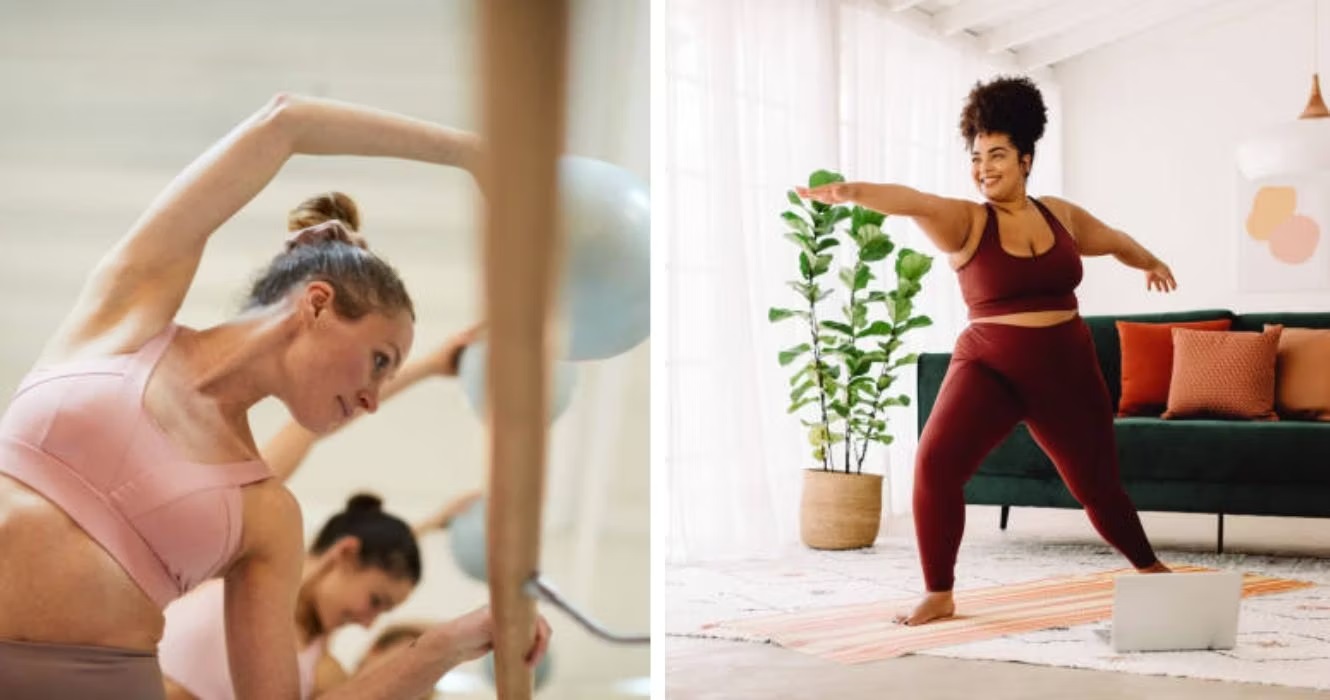
Fitness as a Journey, Not a Destination
1. Setting Realistic Goals: A Key to Long-term Fitness
The fitness journey is ongoing, and setting realistic goals is paramount. Unrealistic expectations can lead to frustration, while achievable goals provide a sense of accomplishment and motivation to continue the journey.
2. Embracing Setbacks and Bouncing Back
Setbacks are a natural part of any journey, including fitness. Embracing setbacks as learning experiences and using them as opportunities for growth is crucial for long-term success in maintaining a healthy and active lifestyle.
3. How Consistency Trumps Intensity in Fitness
Consistency is the cornerstone of fitness success. Regular, moderate-intensity exercise yields sustainable results and is more beneficial in the long run than sporadic, high-intensity workouts. It’s the small, consistent efforts that accumulate over time and make a significant impact on overall health.
Conclusion
Embrace Your Unique Fitness Journey – Remember that your fitness journey is uniquely yours in a world that often imposes narrow standards. Embrace every step, celebrate victories, and learn from challenges. By fostering inclusivity, customization, and a positive mindset, we can redefine fitness for every shape and story.
FAQs – Sweat Without Shame: Fitness for Every Shape & Story
Q: Is fitness only for people with a specific body type?
No, fitness is for everyone. It’s about embracing your unique body and enjoying a healthier lifestyle.
Q: Can I achieve my fitness goals without going to a gym?
Absolutely! There are various ways to stay fit, from home workouts to outdoor activities. The key is finding what works best for you.
Q: How can I overcome mental barriers in my fitness journey?
Building a positive mindset is crucial. Surround yourself with supportive communities, set realistic goals, and celebrate small victories.
Q: Are adaptive fitness programs effective for everyone?
Yes, adaptive fitness programs are designed to cater to different abilities and needs. They offer a personalized approach to achieving fitness goals.
Q: What role does representation play in the fitness industry?
Representation matters as it inspires and motivates individuals to embark on their fitness journeys, knowing they are not alone in their experiences.


